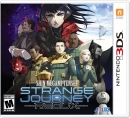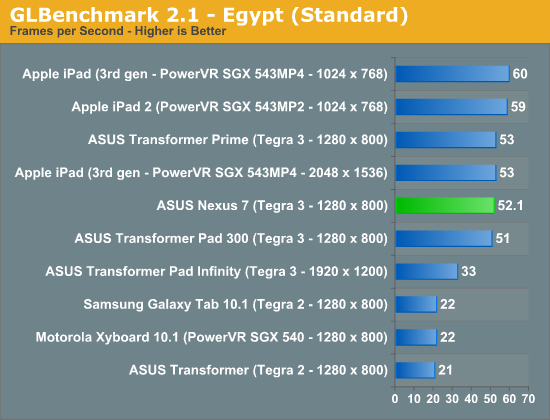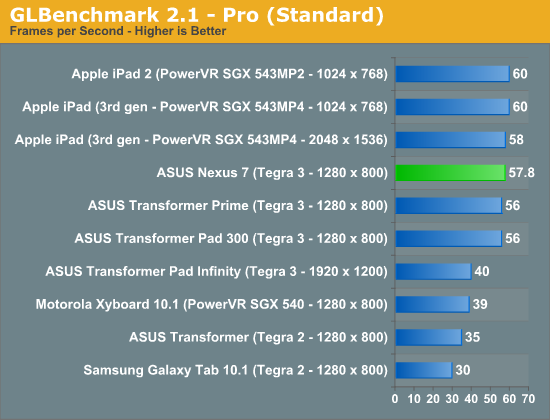So what type of first year titles are we looking at in this scenario? With no 3DS, would some of its less demanding titles like Steel Diver have been developed as late DS titles instead? Would some of these titles been a bit more ambitious and release later on Switch? Would some late life Wii titles like Skyward Sword be cross-gen? Would we get things like Mario 3D Land in 2011 & World in 2013 or just a single game in 2012 that falls right in between the two in terms of size/scope?
I’ll go with
November 2011-Skyward Sword, Nintendogs+Cats
February 2012-Pilotwings Resort
March 2012-Mario Party 9
May 2012-Star Fox 64 Remastered
June 2012-Mario Tennis Open
August 2012-Kid Icarus Uprising
September 2012-Super Mario 3D Land
October 2012-Nintendo Land
November 2012-Mario Kart 7
When the herd loses its way, the shepard must kill the bull that leads them astray.



























































